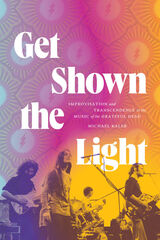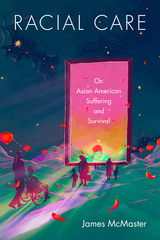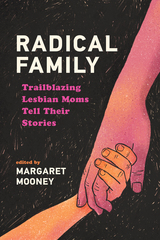3 books about Grateful Dead

Clowns in the Burying Ground
The Grateful Dead, Literature, and the Limits of Philosophy
Christopher K. Coffman
Duke University Press, 2026
In Clowns in the Burying Ground, Christopher K. Coffman presents intertextual readings of the Grateful Dead and their lyrics to argue that the band’s lyricists were deeply and significantly engaged with the literary tradition. Through an analysis of their music, lyrics, and biographies, Coffman shows how the group and its individual members drew on the canons of European and American literature to shape both the form and content of their creative work. Coffman draws on the language of the “literary fragment,” as conceived by German Romantic philosophers and their intellectual heirs, to identify how the Grateful Dead’s lyricists employed intertextuality, allusion, and other strategies to explore how meaning takes shape at the boundary between poetry and philosophy. From Shakespeare to “Shakedown Street,” Clowns in the Burying Ground demonstrates the Dead’s literary depth and how their most successful lyrics and performances walk the line between creation and chaos.
[more]

Get Shown the Light
Improvisation and Transcendence in the Music of the Grateful Dead
Michael Kaler
Duke University Press, 2023
Of all the musical developments of rock in the 1960s, one in particular fundamentally changed the music’s structure and listening experience: the incorporation of extended improvisation into live performances. While many bands—including Cream, Pink Floyd, and the Velvet Underground—stretched out their songs with improvisations, no band was more identified with the practice than the Grateful Dead. In Get Shown the Light Michael Kaler examines how the Dead’s dedication to improvisation stemmed from their belief that playing in this manner enabled them to touch upon transcendence. Drawing on band testimonials and analyses of early recordings, Kaler traces how the Dead developed an approach to playing music that they believed would facilitate their spiritual goals. He focuses on the band’s early years, the significance of their playing Ken Kesey’s Acid Test parties, and their evolving exploration of the myriad musical and spiritual possibilities that extended improvisation afforded. Kaler demonstrates that the Grateful Dead developed a radical new way of playing rock music as a means to unleash the spiritual and transformative potential of their music.
[more]

The Grateful Dead
THE HISTORY OF A FOLK STORY
Gordon Hall GerouldIntroduction by Norm Cohen
University of Illinois Press, 2000
In this classic study, originally published in 1908, Gordon Hall Gerould explores a body of literature devoted to the ghosts of the departed, lost souls who showed gratitude to those who took care of their bodies and assisted in getting rid of demons. Typically, the grateful dead stories concern a young hero who takes on the responsibility of seeing that an unburied corpse receives a proper burial. A stranger who offers to accompany and assist him turns out to be the ghost of the dead man, repaying the hero for his good deed.
Gerould surveys more than a hundred grateful dead stories, tracing their lineages, describing their common traits, and unraveling their variations. Through a close study of secular as well as religious stories, Gerould demonstrates the remarkable durability and adaptability of the grateful dead.
With this book, Gerould established methods that laid the foundations for modern folklore scholarship. Norm Cohen's introduction places Gerould and his legacy in this historical context.
Gerould surveys more than a hundred grateful dead stories, tracing their lineages, describing their common traits, and unraveling their variations. Through a close study of secular as well as religious stories, Gerould demonstrates the remarkable durability and adaptability of the grateful dead.
With this book, Gerould established methods that laid the foundations for modern folklore scholarship. Norm Cohen's introduction places Gerould and his legacy in this historical context.
[more]
READERS
Browse our collection.
PUBLISHERS
See BiblioVault's publisher services.
STUDENT SERVICES
Files for college accessibility offices.
UChicago Accessibility Resources
home | accessibility | search | about | contact us
BiblioVault ® 2001 - 2025
The University of Chicago Press









